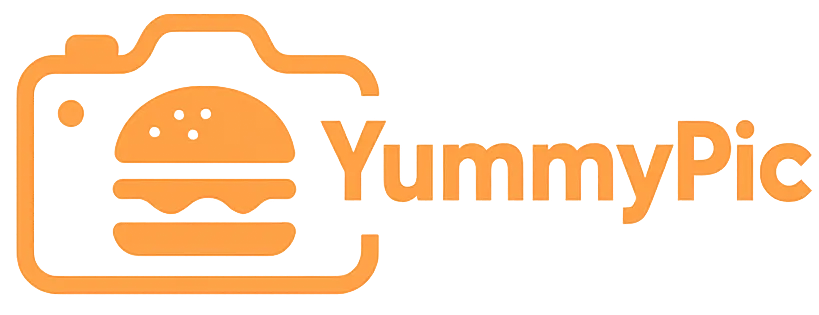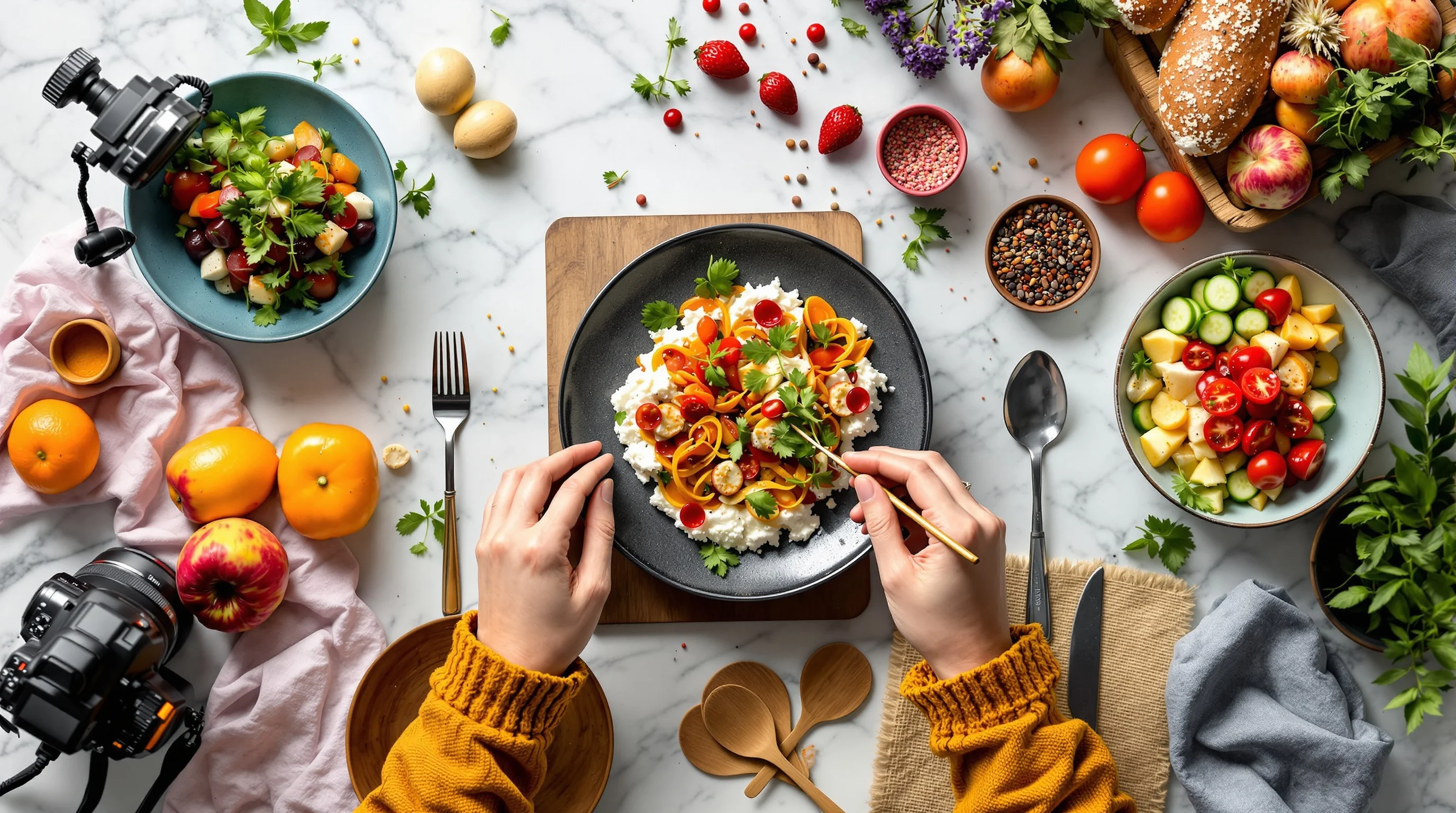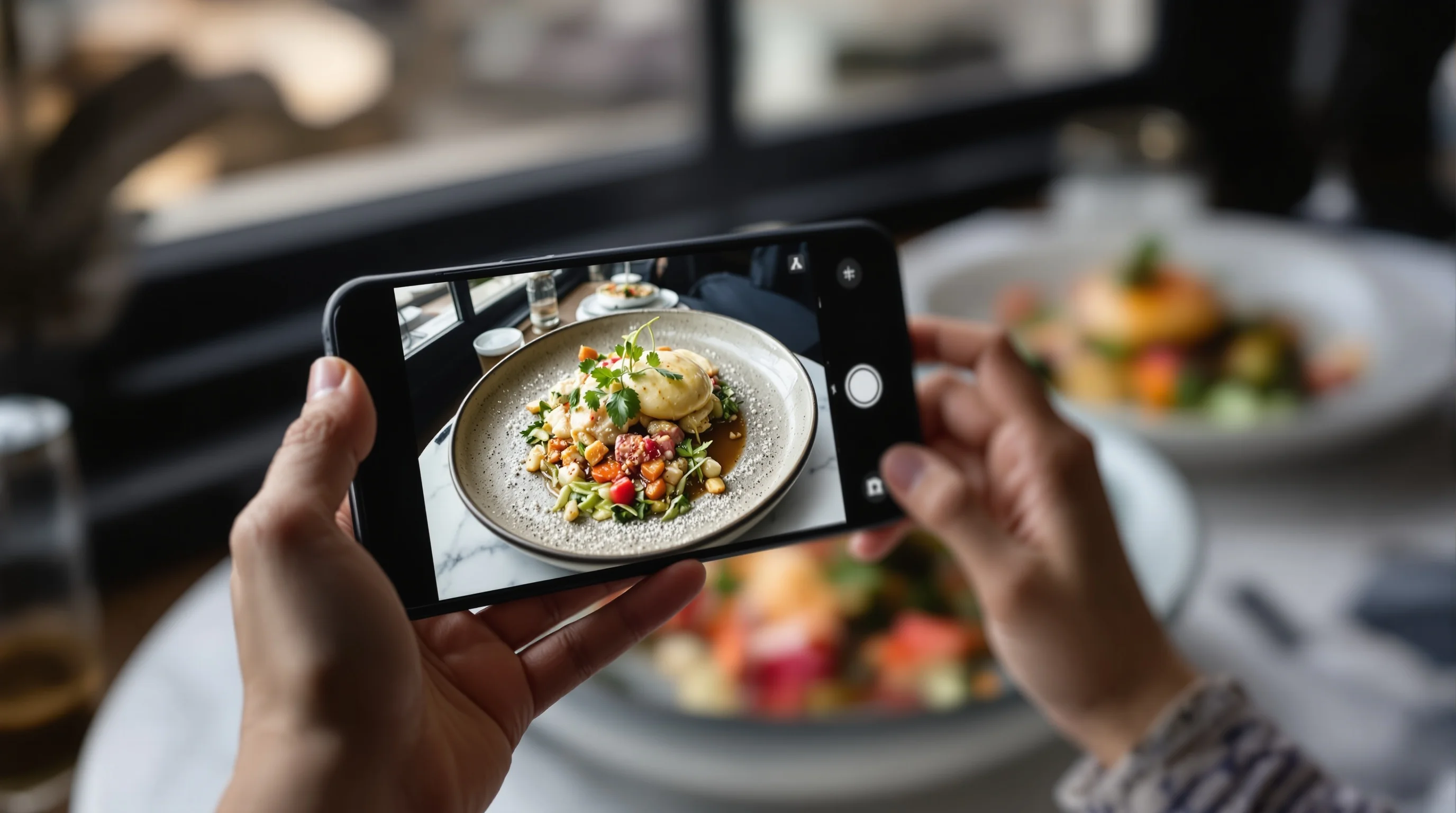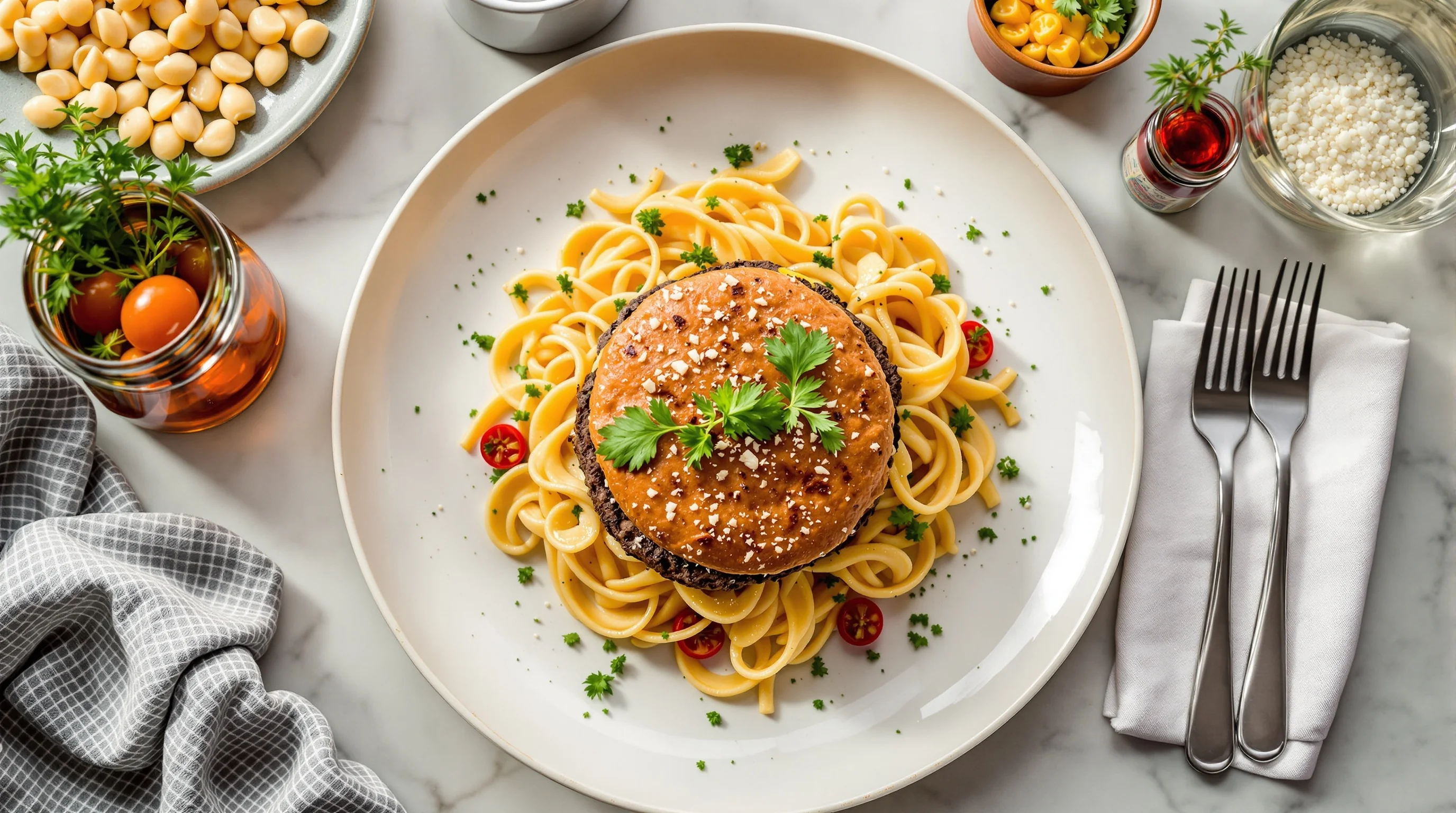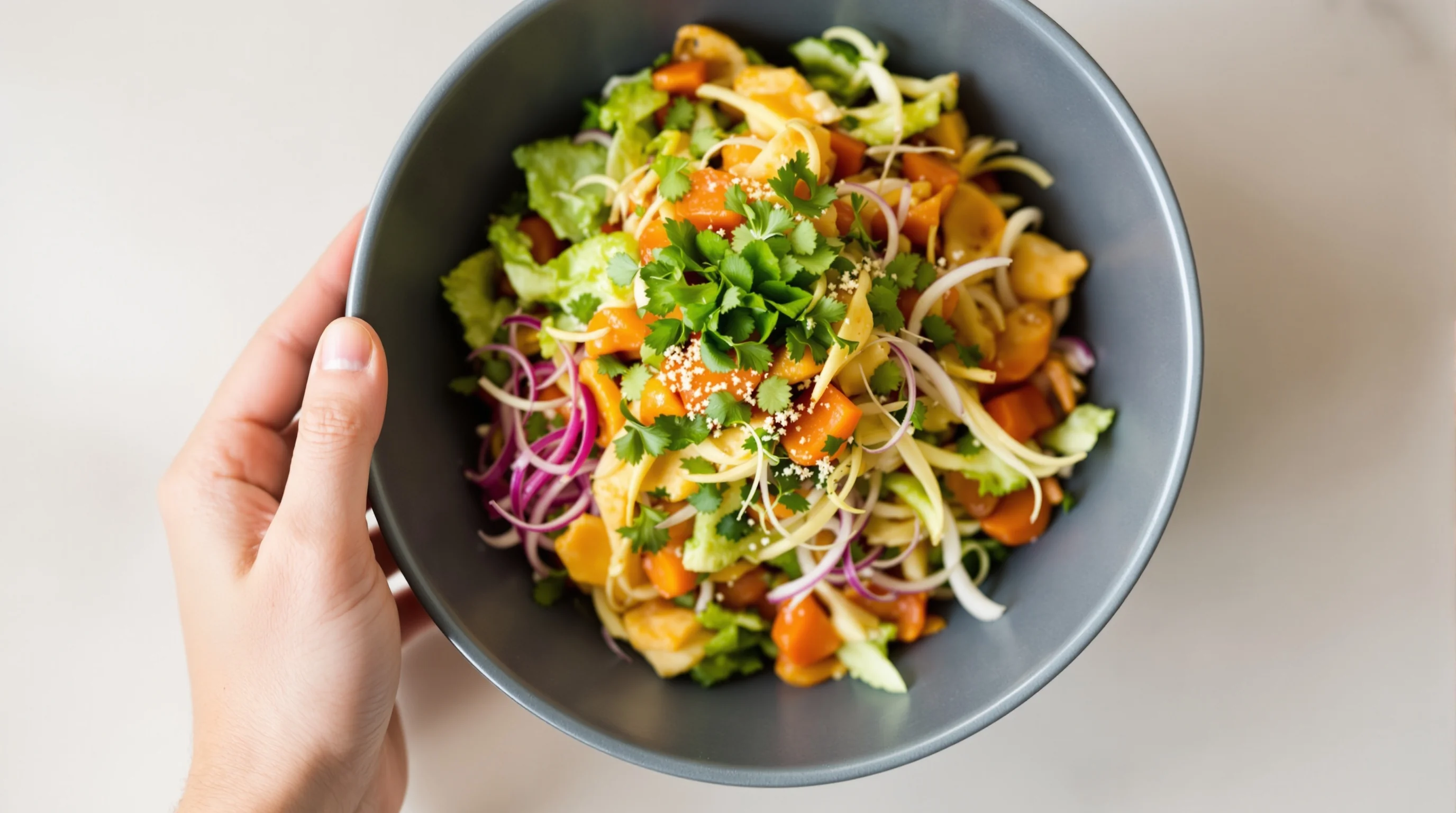If you have searched for what is a food stylist because a magazine image, Instagram post or menu photo stopped you in your tracks, you are not alone. A food stylist is the creative professional who prepares and stages food for photography and film. They combine culinary knowledge, visual composition and hands-on techniques to make dishes look irresistible on camera and in print. This article explains the role, the day-to-day tasks and tools, the skills and training often needed, salary expectations, and practical steps to build a portfolio and start a career in food styling.
What does a food stylist do?
At its core, the answer to what is a food stylist involves preparation and presentation for the camera. A food stylist prepares and stages food for photography and film shoots, using props and presentation techniques to create beautiful, appetizing images (see: https://www.escoffier.edu/blog/culinary-pastry-careers/starting-a-career-as-a-food-stylist). They choose color palettes, garnishes and plate arrangements that match the creative brief. Food stylists collaborate closely with photographers, art directors and chefs to match the creative vision of a project — whether for cookbooks, advertising, menus or editorial work (https://www.format.com/magazine/food-stylist-career-guide).
Unlike a chef who cooks for diners, a food stylist cooks for the camera: timing, texture and shine are manipulated so food reads well under lights. 'Food styling is the art of cooking food for the camera so that it can be presented at its best,' explains a seasoned stylist (https://www.thetaste.ie/the-art-and-secrets-of-beautiful-food-the-role-of-the-food-stylist). That distinction is central when defining what is a food stylist versus other culinary or visual roles.
- Plan and develop the look of a dish to meet a creative brief
- Prepare, partially cook or assemble ingredients for shoots
- Style plates and control small details (spritzing, propping, adjusting)
- Work with photographers and art directors on composition and lighting
- Source props, plates, linens and backgrounds for the set
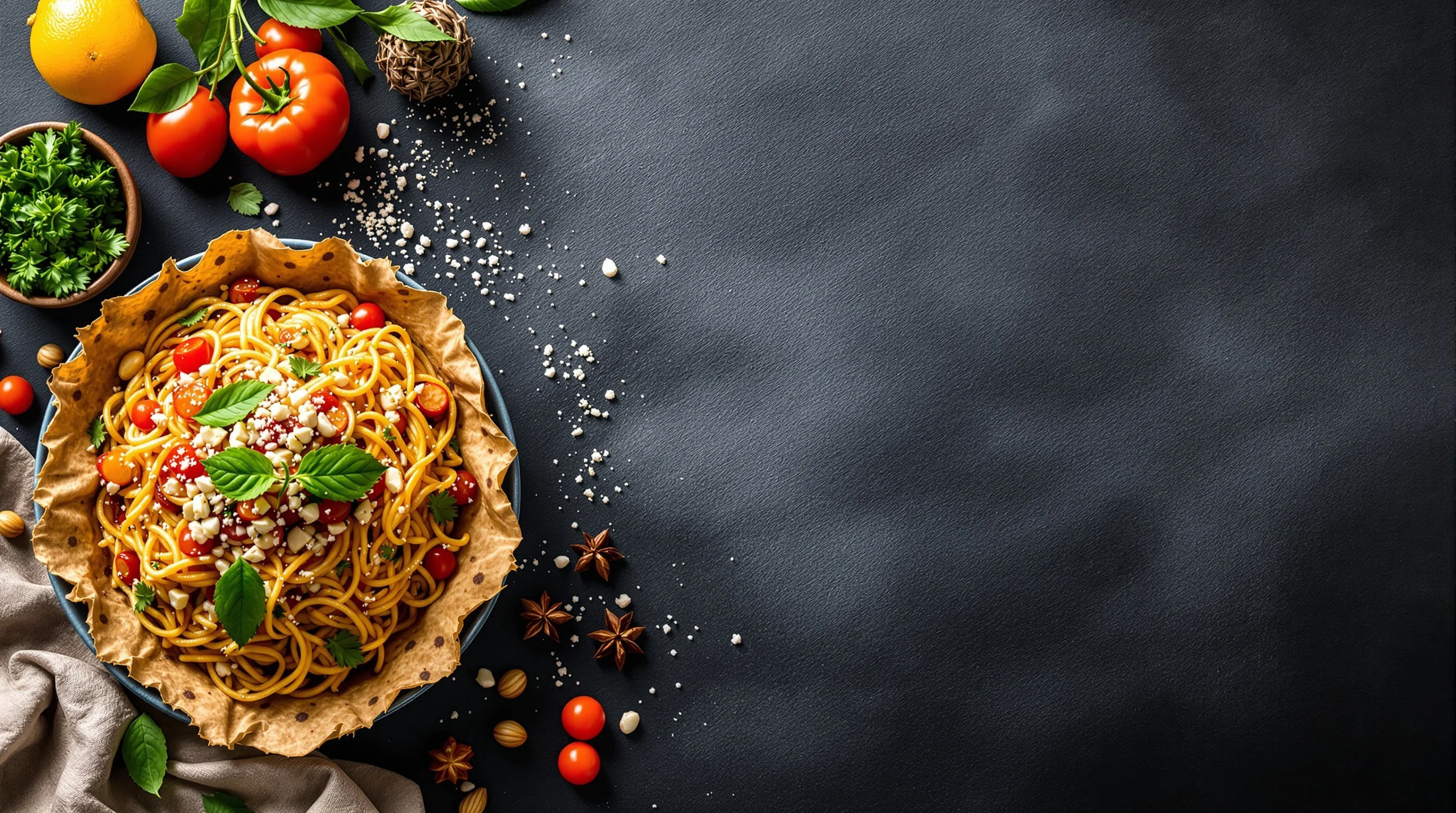
Day-to-day tasks, tools and set techniques
Understanding what is a food stylist also means knowing the small but decisive techniques used on set. Food stylists often undercook meats so texture looks appealing, use glycerin or spritzers to create a fresh shine, and employ toothpicks, tweezers and clamps to hold elements in place (https://www.thetaste.ie/the-art-and-secrets-of-beautiful-food-the-role-of-the-food-stylist). These tools and tricks keep food looking its best under hot studio lights and long shooting sessions.
Practical toolkit items include thermometers, misters, tweezers, edible glues, clamps, syringes for sauces and a variety of props. Food stylists also rely on strong knowledge of food photography basics—how different foods react under lighting, what textures photograph well, and which surfaces and backgrounds enhance a dish. The role bridges culinary presentation and visual design, so both a refined palate and sense of composition are essential.
How do I become a food stylist?
Many readers ask how to become a food stylist and what steps to take. There is no single path. Entry points include culinary school, photography or art education, or apprenticing with an experienced stylist. Start by apprenticing on shoots, assisting established stylists, or volunteering for local shoots to gain hands-on experience. Build a portfolio specifically for food photography, showing a range of plated dishes, styled scenes and before/after examples.
Formal training can help, but real-world shoots teach the fastest lessons: timing, sourcing, and the pressure of on-set decisions. Courses in food styling, short workshops and online classes can accelerate skills. Practical steps: assist on shoots, practice styling for your own camera, network with photographers and art directors, and develop a consistent visual style. Create an online portfolio and social profiles dedicated to your food styling work.
- Learn the basics: plating, color theory, food photography principles
- Assist an experienced food stylist or photographer
- Build a targeted portfolio with diverse dishes and styles
- Take workshops or short courses in food styling and photography
- Market your services to restaurants, brands, and agencies
Do food stylists need culinary training?
One common question is whether food stylists need culinary training. The short answer is: not always, but it helps. Culinary training provides critical knowledge about cooking times, ingredient behavior and flavor — all of which help a stylist make technically sound choices on set. However, many successful food stylists come from photography, art or design backgrounds and learn practical cooking techniques on the job (https://www.format.com/magazine/food-stylist-career-guide).
If you have to choose, consider a hybrid approach: basic culinary skills combined with photography and styling practice. This gives you credibility with chefs and helps you execute complex shoots. Remember that food stylists often alter food intentionally (for longevity under lights), so understanding how to manipulate ingredients without making them look inedible is a crucial craft.
What skills are required for a food stylist?
Answering what is a food stylist also means listing the core skills clients and employers expect. Key abilities include strong visual composition, meticulous attention to detail, time management, improvisation and communication. Stylists must interpret art direction, collaborate with photographers and adapt on the fly when ingredients or lighting change. Technical skills—knife work, cooking control and food handling—are equally important.
Soft skills matter too. Client-facing communication, patience and reliability build reputation. Being able to source unique props and backgrounds, and to advise on menu visuals or recipe tweaks, makes a stylist more valuable. Experience with food photography and basic camera awareness will also speed collaboration and improve the final images.
How much do food stylists earn?
Salary is a critical part of career research. According to Salary.com, the average U.S. food stylist salary is approximately $71,057 per year as of 2025 (https://www.salary.com/research/salary/recruiting/food-stylist-salary). Top earners—roughly the top 10%—can make around $85,000 or more annually (https://jobicy.com/careers/food-stylist). Rates vary widely by location, experience, type of clients and whether you work freelance or in-house.
Freelancers often charge per day or per project, and commercial shoots can pay significantly more than editorial work. Many stylists supplement income with teaching workshops, consulting for restaurants, or selling stylized images for stock use. When planning your career, factor in expenses like props, travel, insurance and marketing.
"...you may have to ‘sort through fifteen packages of strawberries to get two perfect ones’"
Escoffier.edu
Food styling and modern trends: social media, digital marketing and demand
Modern demand for food stylists increasingly comes from social media, delivery platforms and digital menus. Food photography for Instagram, TikTok, DoorDash and Uber Eats requires images formatted, edited and styled for mobile-first experiences. Few older guides discuss this trend in depth, but today food stylists must think about how an image performs on small screens, in feeds and as thumbnails.
Social media also changes the brief: restaurants want authentic-looking dishes that still read well in compressed formats. Food stylists collaborate with social media managers and marketers to craft images that balance appetizing presentation with on-brand authenticity. This is a growing opportunity for stylists to expand services beyond traditional advertising or editorial shoots.
Practical portfolio tips and time-saving tools
When you ask what is a food stylist, one practical concern is how to demonstrate skill quickly. Create a portfolio split by style—bright & airy, dark & moody, fast-casual, fine dining—and include before/after shots that show your styling decisions. Short, captioned case studies explaining your role on a shoot help prospective clients understand your process.
Time-saving tools and resources matter. For example, stylists often need high-quality backgrounds and props fast. YummyPic provides a large, curated library of professional food images, backgrounds and props to accelerate concepting and presentation. When building promo materials or mockups, having instant access to on-brand visuals makes it easier to show clients different directions without staging a full shoot.
- Show varied styles and platforms (menu images, Instagram, ads)
- Include process shots and brief explanations
- Use curated image libraries to prototype concepts quickly
- Offer package options for restaurants (menus, social posts, ad images)
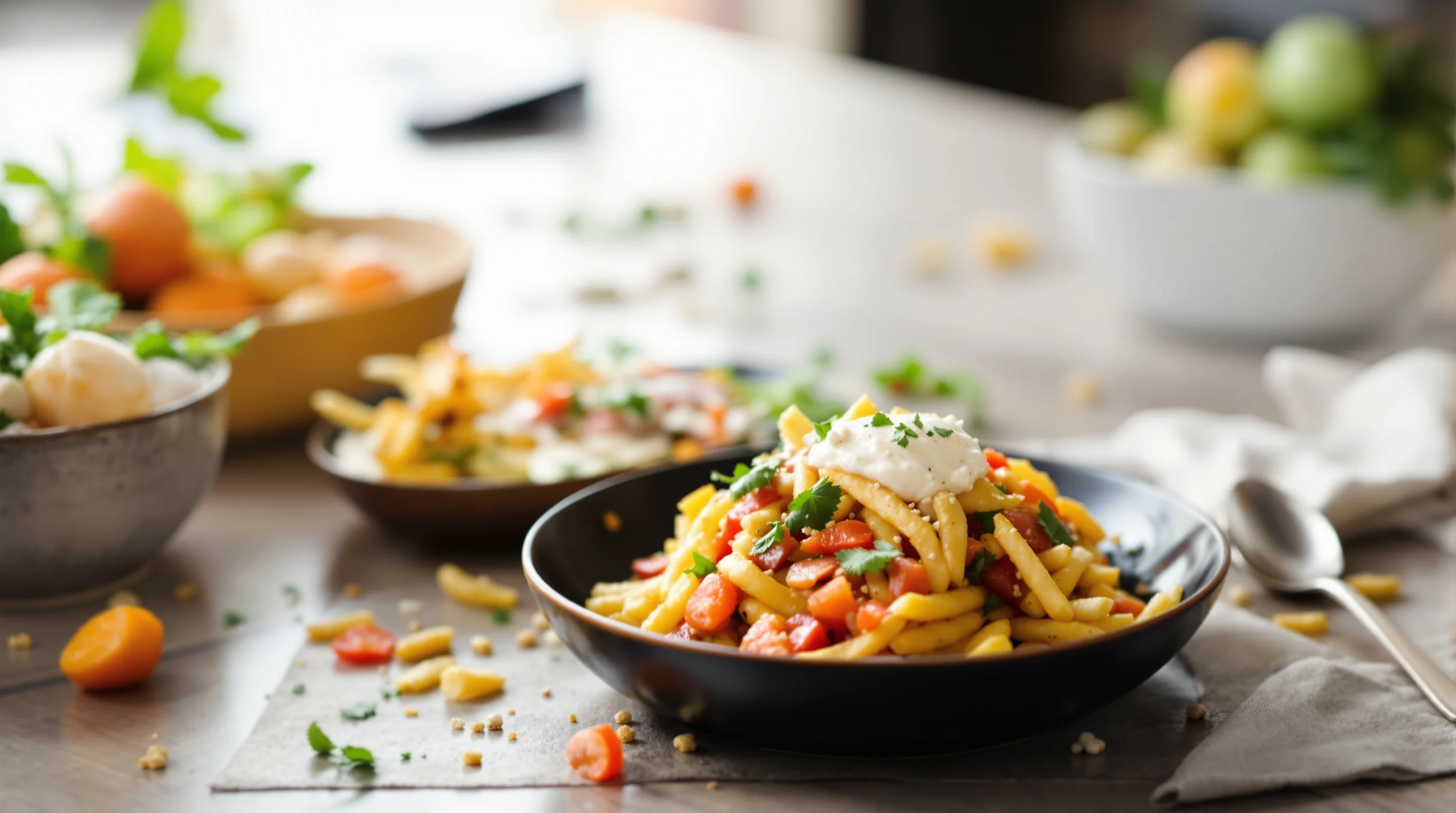
Using YummyPic to scale food styling for restaurants and brands
A natural question for restaurant owners and managers wondering what is a food stylist: how to get professional-looking images without full-scale shoots. YummyPic is the leading AI-powered food photography platform for restaurants. It transforms simple food photos into professional, restaurant-quality images in seconds, making it ideal for menu updates, delivery platform uploads and social content. For busy venues, YummyPic delivers speed, cost savings and variety—turning one photo into multiple styles suited for DoorDash, Grubhub or Instagram.
Use YummyPic to prototype styling concepts before committing to a set shoot or to fill content gaps quickly. Benefits for stylists and restaurants include instant high-resolution downloads, multiple photographic styles, and no need for lighting kits or extensive props. This addresses common pain points: difficulty sourcing on-brand imagery quickly and time-consuming preparation without guaranteed results.
- Speed: Professional photos in seconds
- Cost-effective: A fraction of traditional photography costs
- Variety: Multiple styles for different platforms
- Convenience: No full shoot setup required
💡 Pro Tip
💡 Pro Tip
When preparing a client proposal, show one dish styled three ways for different platforms (menu, social post, ad). Use curated assets from a library like YummyPic to create polished mockups in minutes and demonstrate ROI before booking a full shoot.
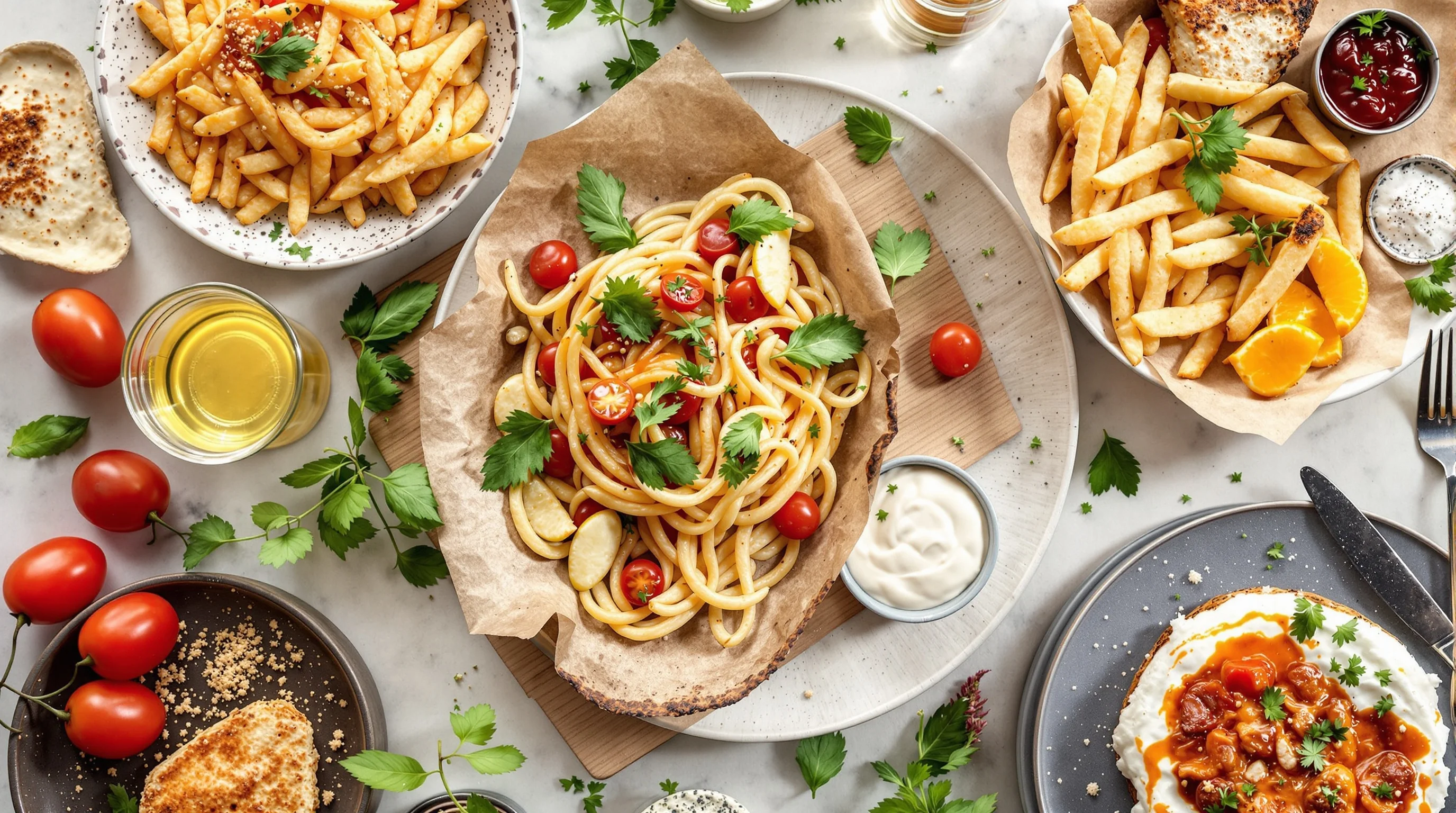
Working conditions, client types and career outlook
Food stylists work in varied settings: studio shoots, restaurant kitchens, advertising agencies and on-location for events. Clients include restaurants, food brands, publishers, marketing agencies and delivery platforms. Demand increases with the need for visual content across channels, but competition is strong—successful stylists specialize and build reputation through reliable delivery and standout portfolios.
To stand out, combine technical skill with niche expertise—e.g., vegan dishes, pastry styling, or mobile-first menu photos. Diversify income streams with workshops, consulting for restaurants on menu imagery, and partnerships with photographers or agencies. Track bookings and value-per-project to measure career growth.
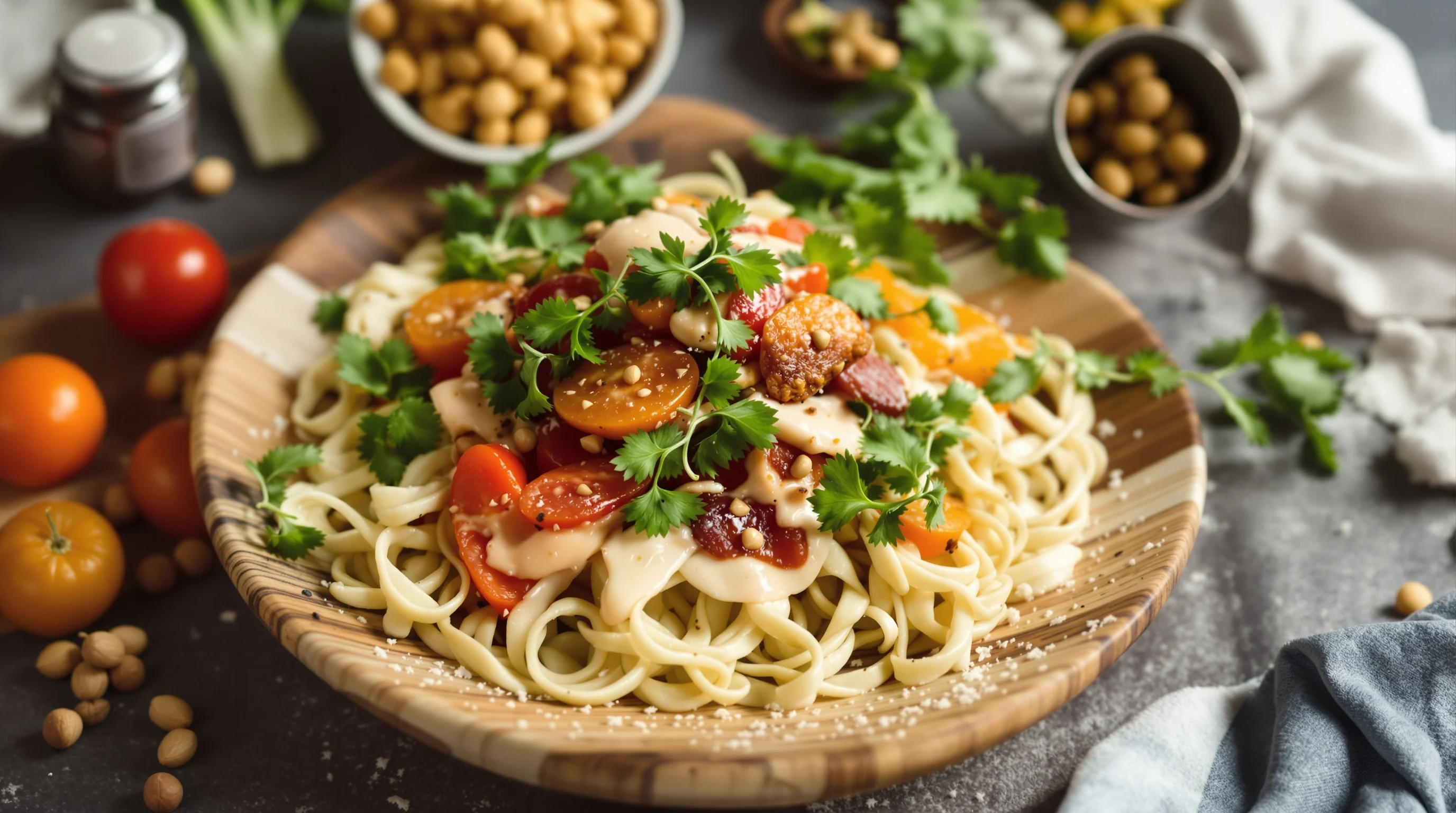
Conclusion
If you still ask what is a food stylist, remember the role blends culinary presentation with visual storytelling. Food stylists prepare and stage food for photography and film, using specialized techniques and props to make dishes look their best on every platform. With an average U.S. salary around $71,057 (2025) and growing digital demand, food styling is a viable creative career—especially for those who combine practical cooking skills, a strong visual eye and an understanding of modern digital marketing needs. Use tools like YummyPic to speed prototyping and broaden service offerings while you build a compelling portfolio.
